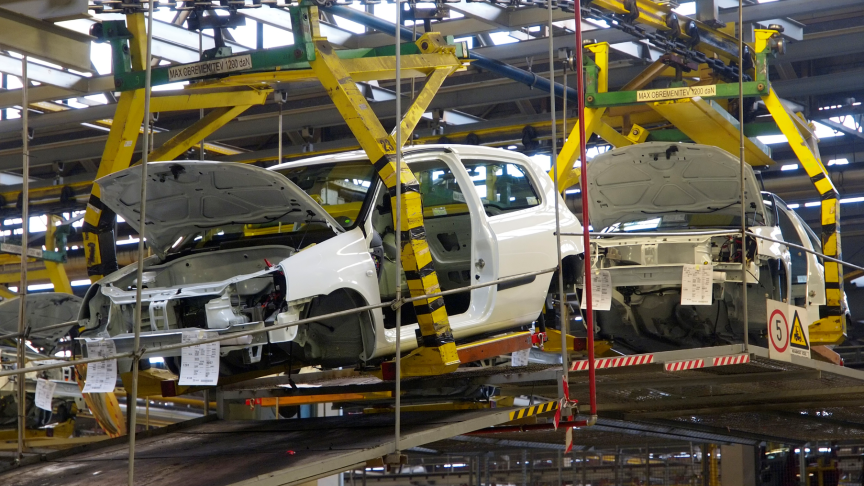Electric vehicles are rapidly reshaping global transportation, with countries racing to lead in clean mobility and sustainable manufacturing. The Government of India has also launched “Electric Passenger Vehicle Manufacturing Scheme” to boost domestic production and establishing India as a global electric vehicle (EV) powerhouse. In line with “Make in India” and “Atmanirbhar Bharat,” the scheme requires a ₹4,150 crore minimum investment, unlocking opportunities in green mobility, innovation, and economic growth.
Announced on June 2, 2025, this initiative sets ambitious targets: approved applicants will enjoy reduced customs duties—15% on fully built electric 4 ‑wheelers for the next five years, with a floor value of USD 35,000 (CIF)— to attract global Original Equipment Manufacturers and technology leaders. The government issued guidelines in March 2024 to streamline incentives and build a robust regulatory landscape.
This scheme builds on India’s existing EV policies. The EV market, worth USD 3.21 billion in 2022, is anticipated to expand to USD 113.99 billion by 2029, propelled by domestic demand and export-oriented growth. With the world’s fourth-largest auto market, India is well-positioned to leverage its demographic dividend and industrial strength for sustainable mobility leadership.
By encouraging large-scale investment, enabling tariff advantage, and consolidating government support, the scheme offers a coherent roadmap for decarbonization, skill development, and industrial capacity. It complements state-level measures like Uttar Pradesh’s EV subsidies and tax waivers, along with national schemes such as Production Linked Incentive (PLI) and Faster Adoption and Manufacturing of Electric Vehicles (FAME), to develop a unified EV ecosystem across India.
In long-term, this path can transform India into a critical node in the global EV supply chain—producing everything from advanced electric passenger cars to batteries and key components. The anticipated results include enhanced domestic value addition, tech innovation, employment expansion, and a leap toward net-zero mobility by 2070.
This scheme represents a holistic strategy that integrates capital investment, tariff incentives, and manufacturing infrastructure. It aims to position India as both a driver of domestic EV adoption and a global hub for electric passenger vehicles.

